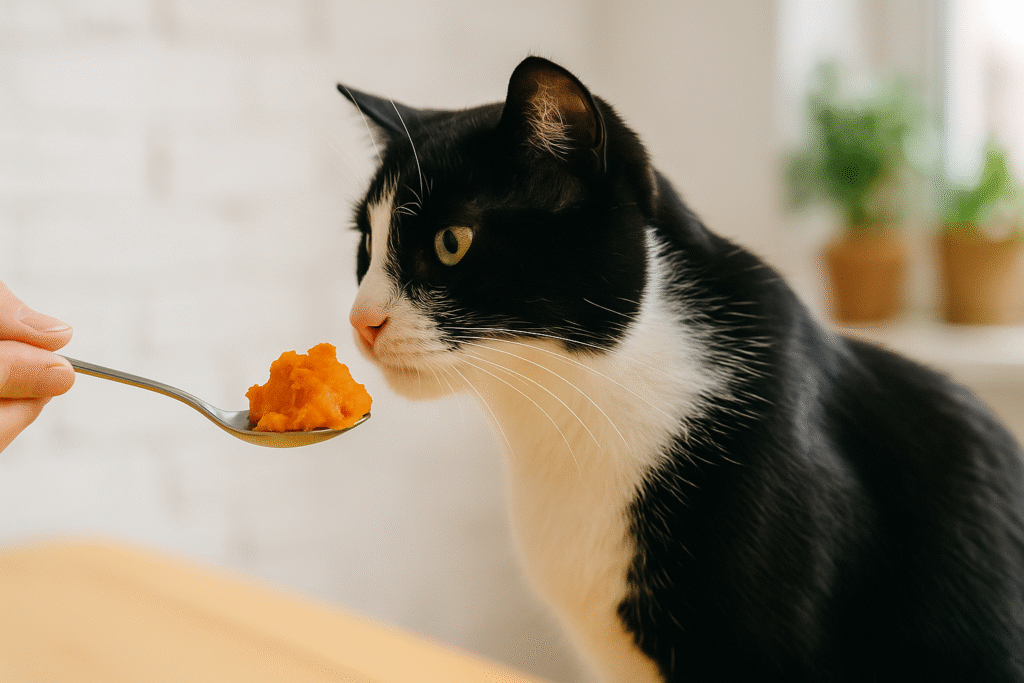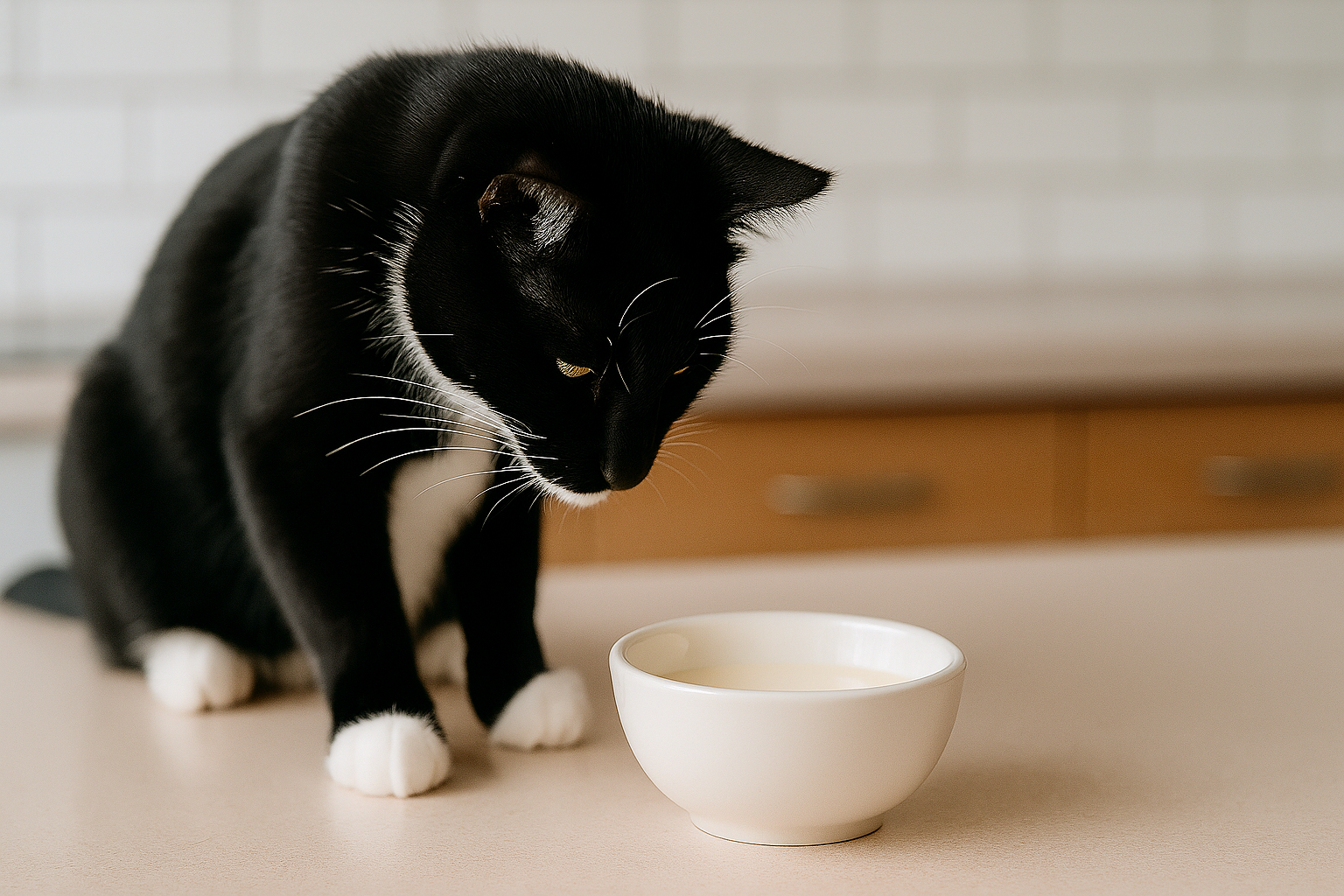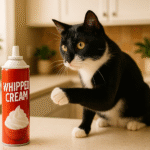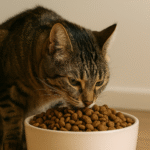If you grew up on cartoons, you probably assumed every cat loved a good bowl of milk. I sure did. I remember watching old Tom and Jerry reruns where a saucer of cream was basically cat currency. So when I first brought Snickers home, guess what I did? Yep—I gave her a little bowl of milk like the clueless new cat mom I was.
Spoiler: it didn’t end well.
Snickers was thrilled at first, but a few hours later? Let’s just say I was scrubbing her litter box and my rug. That’s when I learned the truth: most cats are actually lactose intolerant.
Let’s dig into what that really means—and why milk may not be the feline treat we thought it was.
What Does “Lactose Intolerant” Even Mean?
Lactose is the sugar found in milk. To digest it, your body (or your cat’s) needs an enzyme called lactase. Kittens naturally produce this enzyme so they can digest their mother’s milk—but as they grow up and start eating solid food, they usually stop making as much lactase. Sometimes they stop making it almost entirely.
That means when an adult cat drinks milk or eats other dairy products, they may not be able to break down the lactose properly. The result? Gas, bloating, diarrhea, and an all-around unpleasant experience—for both of you.
But Why Do So Many Cats Like Dairy?
Good question. It turns out a lot of cats are drawn to the fat content and smell of dairy products. Cheese, yogurt, whipped cream—it all smells rich and meaty to them, even if their stomachs can’t handle it.
Just because your cat wants it doesn’t mean it’s good for them. (Snickers wants to eat plastic grocery bags too. Doesn’t mean I let her.)
Are All Cats Lactose Intolerant?
Not all—but most are to some degree. Some cats may tolerate a small amount of milk or cheese without obvious symptoms, but that doesn’t mean it’s good for them. Think of it like us and junk food—it might not make you sick right away, but that doesn’t mean it’s doing your body any favors.
If you do decide to give your cat a taste of dairy, start with a very small amount and watch for signs of digestive upset. Better yet, skip it entirely and offer something safer.
Safer Alternatives to Dairy for Cats
If you want to spoil your kitty with a creamy treat, here are a few cat-friendly options:
- Lactose-free “cat milk” (sold at most pet stores)
- Plain cooked chicken or turkey
- Freeze-dried meat treats
- Small amounts of plain canned pumpkin (great for digestion)

Snickers is partial to lactose-free cat milk on special occasions—and thankfully, it doesn’t come with any messy consequences.
| Preview | Product | Price | |
|---|---|---|---|

|
Whiskas Catmilk Plus Drink for Cats and Kittens 24 Count, 6.75 Ounces |
$43.84 |
View on Amazon |
Final Thoughts: Should You Give Your Cat Dairy?
Are cats lactose intolerant? In most cases, yes. While a tiny lick here or there might not cause an emergency, regular dairy treats can upset their stomach and aren’t nutritionally necessary.
So next time your cat gives you that “please share” look while you’re eating cheese or pouring cereal milk, just remember: they’ll be much happier with a treat that loves them back.
FAQ
No, it’s not ideal. Kittens should be fed a special kitten formula, not regular cow’s milk, which can cause digestive issues.
They may experience diarrhea, gas, or an upset stomach—especially if they’re lactose intolerant, which most adult cats are.
Try lactose-free cat milk, a lick of plain canned pumpkin, or freeze-dried meat treats made just for felines.





